When the check engine light starts flashing, it’s a warning that something might be wrong with your car’s engine.
It’s not something that should be ignored, as it can lead to serious problems that often result in your car overheating.
The most common reason for a check engine light to come on that might result in engine overheating is a fault with the cooling system, such as a damaged radiator or a failing water pump.
Another possible reason is a faulty thermostat that causes the engine to run hot or a coolant leak that leads to a low coolant level, which can cause the engine to overheat.
When the check engine light is flashing, it’s important to take the car to a mechanic as soon as possible to diagnose the problem and prevent further damage to the engine. If ignored, it can cause permanent damage to the engine.
What Does It Mean When My Car Is Overheating and The Check Engine Light Is On?
When a car overheats, it means that the engine is running too hot. This can be caused by a variety of issues, including a fault with the cooling system, low coolant levels, or a damaged engine block that is leaking coolant.
The most common reason for a car to overheat is if there is an issue with the engine’s cooling system, such as a malfunctioning thermostat, low coolant level, or a damaged radiator or water pump.
Several engine sensors could cause an engine to overheat if they are faulty and a check engine light may come on also.
One example of this is a fault with the coolant temperature sensor, which sends signals to the engine control module to adjust the engine’s performance based on the coolant temperature. If the sensor is faulty, it may send incorrect signals to the engine control module, causing the engine to overheat.
Another example is the oxygen sensor, which measures the amount of oxygen in the exhaust and sends signals to the engine control module to adjust the fuel injection system. If the sensor is faulty, it may cause the engine to run too lean, leading to overheating.
A faulty mass airflow sensor can also cause the engine to run too rich, which can also lead to overheating if the coolant system is not operating properly.
If your car is overheating and the check engine light is on, it could also be due to a failed head gasket. A damaged head gasket can cause coolant to leak into the engine’s combustion chamber, which can lead to overheating and other serious engine problems.
A leaking or clogged radiator can also cause problems with coolant circulation and can lead to the engine overheating and it can also trigger the check engine light.
It’s important to understand the primary cause of the check engine light when it is accompanied by the engine overheating. When the check engine light is on and the car is overheating the overheating may be caused by a problem with the engine that is triggering the check engine light.
On the other hand, the overheating may be causing damage to the engine and this can end up triggering the check engine light.
Why Does The Check Engine Light Come On If The Engine Is Overheating?
The check engine light can come on if the engine is overheating for several reasons. The most common reason is that the ECU is detecting a fault in the engine’s sensors or electrical system related to the cooling system.
Another common reason is that the engine is running too hot, and the ECU is detecting abnormal readings from the coolant temperature sensor, which can trigger the check engine light and save a diagnostic trouble code to the ECU memory.
A common diagnostic trouble code related to engine overheating is P0217, and it can cause the check engine light to come on.
This code indicates that the ECU has detected that the engine coolant temperature is too high, and this can cause the engine to overheat. When the ECU detects this fault, it illuminates the check engine light to alert the driver of the problem.
The symptoms of DTC P0217 include a hot temperature gauge reading, reduced engine power, and engine overheating.
You can diagnose and verify the code by checking the coolant level and inspecting the cooling system for any obvious damages such as cracks and leaks. If no obvious issues are found, you should run a cooling system pressure test to help locate any leaks that may exist.
What Are The Other Common Causes of the Check Engine Light?
There are many potential causes of the CEL, ranging from minor issues like a loose gas cap to more serious problems like a malfunctioning oxygen sensor or catalytic converter. Other common causes of the CEL include issues with the ignition system, fuel system, or emissions control system.
Here’s a table that lists the most common causes of the check engine light:
| Cause | How it can cause the check engine light to come on | |
|---|---|---|
| 1 | Faulty oxygen sensor | Sends out of range readings to the ECU, which illuminates the light |
| 2 | Loose or damaged gas cap | Triggers the EVAP system to detect a leak, which illuminates the light |
| 3 | Faulty catalytic converter | Affects the oxygen sensor readings by not filtering exhaust gases properly |
| 4 | Faulty mass airflow sensor | Causes the engine to run too rich or too lean |
| 5 | Faulty spark plugs or wires | Causes misfires and sends abnormal signals to the ECU, which illuminates the light |
| 6 | Faulty thermostat | Can cause a check engine light to come on if it gets stuck in the open or closed position, which can cause the engine to run too cold or too hot. |
| 7 | Malfunctioning ignition coil | Can cause engine misfires and trigger DTCs including P0300, P0301, P0302, P0303, P0304, P0305, or P0306. |
| 9 | Faulty EGR valve | Can result in improper exhaust gas recirculation, which can trigger diagnostic trouble codes related to the EGR system, such as P0401, P0402, P0403, P0404, or P0405. |
| 10 | Malfunctioning EVAP system (emissions control) | Triggers the EVAP system to detect a leak, which illuminates the light |
What Are The Common Causes Of Car Overheating: Causes and Symptoms?
Car overheating occurs when the temperature of the engine rises above its normal operating range, which can lead to potential damage and engine failure if not addressed promptly. The normal operating temperature for most vehicles ranges between 190°F and 220°F (88°C and 104°C), depending on the vehicle and its cooling system.
The most common causes of car overheating include:
- Coolant System Leaks: Leaks in the coolant system can cause a loss of coolant, leading to insufficient cooling and overheating. Leaks can occur in various components such as the radiator, hoses, water pump, thermostat housing, or even the engine itself.
- Thermostat Failure: The thermostat regulates the flow of coolant through the engine. If it becomes stuck in the closed position, it restricts the coolant flow, causing the engine to overheat. Conversely, if the thermostat fails in the open position, the engine may not reach the optimal operating temperature.
- Water Pump Problems: The water pump circulates coolant throughout the engine. If the water pump fails or becomes inefficient, it cannot effectively circulate coolant, resulting in overheating.
- Cooling Fan Issues: Cooling fans help dissipate heat from the radiator. Malfunctioning fans, such as a faulty fan motor, broken fan blades, or a defective fan relay, can lead to inadequate heat dissipation and engine overheating, especially at low speeds or when idling.
- Clogged Radiator: A radiator can become clogged due to a buildup of dirt, debris, or corrosion over time. A clogged radiator restricts the flow of coolant and reduces its ability to dissipate heat effectively, leading to engine overheating.
- Insufficient Coolant: Low coolant levels can occur due to leaks, inadequate maintenance, or coolant evaporation. Insufficient coolant means there is not enough fluid to properly absorb and dissipate heat, resulting in overheating.
- Faulty Radiator Cap: The radiator cap helps maintain the proper pressure in the cooling system. A faulty or improperly sealed radiator cap can cause coolant to boil at a lower temperature, leading to overheating.
- Engine Misfire: A misfiring engine can generate excess heat and cause overheating. Issues such as a malfunctioning ignition system, damaged spark plugs, or a faulty fuel injector can result in engine misfires.
- Engine Oil Issues: Insufficient or degraded engine oil can lead to increased friction and heat within the engine, contributing to overheating.
- Blocked Coolant Passages: Over time, coolant passages within the engine can become blocked or restricted due to scale buildup, debris, or inadequate maintenance. Blocked passages prevent proper coolant flow and lead to engine overheating.
One of the most common causes of car overheating is a coolant leak. Coolant leaks can occur due to a variety of reasons, such as a cracked radiator, a damaged water pump, or a blown head gasket. When there is a coolant leak, the engine is not able to maintain its normal operating temperature, which can lead to overheating.
Another common cause of car overheating is radiator issues. Radiators are responsible for dissipating heat from the engine. If the radiator is damaged or clogged, it will not be able to perform this function properly, which can lead to engine overheating.
What Are The Symptoms Of A Car Overheating?
There are several symptoms that can indicate that a car is overheating. One of the most obvious symptoms is an increase in engine temperature. If the temperature gauge on the dashboard is showing a higher than normal temperature, it is likely that the engine is overheating.
Other symptoms of car overheating include steam coming from the engine, a sweet smell coming from the engine, a loss of power, or a knocking or ticking sound coming from the engine.
If any of these symptoms are present, it is important to pull over as soon as possible and turn off the engine to prevent further damage.
What Is The Relationship Between the Check Engine Light and Car Overheating?
The check engine light and car overheating are two separate issues that can occur in a vehicle.
However, it’s not uncommon for there to be a connection between them depending on the underlying cause of the overheating.
Here are a few common scenarios that can explain the relationship between the check engine light and car overheating:
1. Faulty Coolant Temperature Sensor
All vehicles are equipped with a coolant temperature sensor that monitors the temperature of the engine coolant. If the coolant temperature sensor fails or provides inaccurate readings, it can trigger the check engine light.
In some cases, a faulty coolant temperature sensor may not accurately indicate the rising temperature of the engine, potentially resulting in overheating.
So, while the check engine light may not directly cause overheating, a malfunctioning coolant temperature sensor can lead to both the check engine light and engine overheating.
2. Engine Misfire
As mentioned earlier, engine misfires can generate excess heat. In some cases, misfires can be caused by issues such as faulty ignition components, clogged fuel injectors, or sensor malfunctions.
These same issues can also trigger the check engine light. If an engine misfire is severe enough, it can contribute to overheating.
In such cases, both the check engine light and overheating may be present due to a shared underlying problem.
3. Broken Cooling System Components
Certain faults within the cooling system can trigger the check engine light and lead to overheating.
For example, a faulty cooling fan, a broken fan relay, or a faulty water pump can cause inadequate cooling and overheating.
These issues can trigger the check engine light because the vehicle’s onboard diagnostic system detects abnormal conditions in the cooling system. In this case, the check engine light serves as an indicator of a problem that can contribute to overheating.
There are several other common engine-related causes of car overheating. One of the most common is a malfunctioning thermostat. The thermostat is responsible for regulating the temperature of the engine, and if it is not working correctly, it can cause the engine to overheat.
Another common cause of car overheating is a malfunctioning water pump. The water pump is responsible for circulating coolant through the engine, and if it is not working correctly, the engine can overheat.
Other engine-related causes of car overheating include a blown head gasket, a cracked engine block, or a faulty radiator. In some cases, the cause of the overheating may be something as simple as a low coolant level.
Overall, it is important to pay attention to the check engine light and take any necessary steps to address engine-related problems before they lead to car overheating.
What Next – Troubleshooting and Resolving Check Engine Light and Car Overheating Issues
When a check engine light stays on, it usually indicates that there is a problem with the engine that needs immediate attention. If it is accompanied by an overheating engine then it is usually more urgent.
The best place to start to diagnose the issue, is to use a diagnostic scan tool to retrieve the trouble codes stored in the engine control module.
The trouble codes will provide information on the specific problem that is causing the Check Engine Light to flash.
Once the codes are retrieved, you can use a variety of diagnostic methods and tools to identify the root cause of the problem.
These methods can include visual inspections, pressure tests, and electronic testing of the engine components.
There are many DTCs associated with engine overheating, here are some common error codes that you may find when carrying out a diagnostic readout:
Certainly! Here’s an updated table with a third column providing a description of each Diagnostic Trouble Code (DTC) related to a check engine light and engine overheating:
| DTC | Description | Description of DTC |
|---|---|---|
| P0117 | Engine Coolant Temperature Sensor Circuit Low | The engine coolant temperature sensor circuit voltage is below the specified range. |
| P0118 | Engine Coolant Temperature Sensor Circuit High | The engine coolant temperature sensor circuit voltage is above the specified range. |
| P0125 | Insufficient Coolant Temperature for Closed Loop Fuel Control | The coolant temperature is not reaching the required level for proper closed-loop fuel control. |
| P0128 | Coolant Thermostat (Coolant Temperature Below Thermostat Regulating Temperature) | The engine coolant temperature is below the thermostat regulating temperature. |
| P0126 | Insufficient Coolant Temperature for Stable Operation | The coolant temperature is not reaching the required level for stable engine operation. |
| P0140 | O2 Sensor Circuit No Activity Detected (Bank 1, Sensor 2) | No activity is detected in the downstream oxygen sensor circuit of the exhaust system. |
| P2181 | Cooling System Performance | The cooling system is not performing within the expected parameters. |
| P1258 | Engine Coolant Overtemperature Protection Active | The engine coolant temperature has exceeded the overtemperature protection threshold. |
| P1486 | Thermostat Range/Performance | The thermostat is not operating within the expected range or is not functioning correctly. |
| P1491 | Radiator Fan Control Relay Circuit | The control circuit for the radiator fan relay is experiencing an electrical issue. |
| P2600 | Coolant Pump Control Circuit/Open | The control circuit for the coolant pump is open or experiencing an electrical issue. |
| P2635 | Fuel Pump ‘A’ Low Flow / Performance | The fuel pump ‘A’ is not providing sufficient flow or is not performing within the expected parameters. |
| P1281 | Engine is Cold Too Long | The engine is taking an unusually long time to reach the desired operating temperature. |
Here are some general steps involved that may help you to resolve the issue once you have retrieved some error codes from the ECU memory.
It’s best to refer to a specific service manual for you vehicle before carrying out any repairs so you can have the exact steps you should take to hand.
- Interpret Diagnostic Trouble Codes (DTCs): Start by understanding the specific DTCs retrieved from the diagnostic readout.
- Inspect Cooling System: Begin by inspecting the cooling system components. Check for coolant leaks, such as hoses, radiator, water pump, and thermostat housing. Look for signs of damage, cracks, or loose connections. Repair or replace any faulty or damaged components.
- Check Coolant Level: Verify the coolant level in the coolant reservoir or radiator. If it’s low, top it up with the recommended coolant mixture as per the manufacturer’s specifications. Ensure the radiator cap is properly sealed.
- Test Cooling Fans: Turn on the engine and observe the operation of the cooling fans. Ensure they are spinning properly and providing adequate airflow to the radiator. Check the fan relay, wiring connections, and fan motors for any issues. Repair or replace any faulty components.
- Inspect Water Pump: Examine the water pump for signs of leakage or failure. Check for a proper flow of coolant through the system when the engine is running. Replace the water pump if necessary.
- Check Thermostat: Inspect the thermostat to ensure it is functioning correctly. A malfunctioning thermostat can cause overheating. Replace it if there are signs of failure or if it is not opening and closing properly.
- Check Engine Mechanical Components: If no apparent issues are found with the cooling system, it may be necessary to inspect engine mechanical components. This can include checking for proper timing, belt tension, engine compression, and other factors that can contribute to overheating. Consult a professional mechanic for a thorough inspection and diagnosis.
- Clear DTCs and Test Drive: After addressing the identified issues, clear the DTCs using the OBD-II scanner. Perform a test drive to ensure that the check engine light remains off, and the car no longer experiences overheating. Monitor the engine temperature gauge or other indicators during the test drive to confirm that the problem has been resolved.
If you are unsure about any steps during the troubleshooting process, I’d recommend that you consult a qualified mechanic or automotive professional to help with proper diagnosis and repairs.
Engine Overheating – Prevention and Maintenance Tips
By following some simple steps, you can often prevent costly repairs and keep your vehicle running longer.
Here are my top 5 tips for avoiding engine overheating:
- Regular Cooling System Maintenance: Maintain your vehicle’s cooling system by regularly checking the coolant level and ensuring it is at the proper level according to the manufacturer’s recommendations. Inspect the coolant for signs of contamination or degradation and flush and replace it as per the manufacturer’s guidelines.
- Check for Coolant Leaks: Routinely inspect the cooling system components, such as hoses, radiator, water pump, and thermostat housing, for any signs of coolant leaks. Address and repair any leaks promptly to prevent a loss of coolant and subsequent overheating.
- Radiator and Cooling Fans: Regularly clean the radiator fins from debris, dirt, and bugs to ensure proper airflow. Inspect the cooling fans to ensure they are functioning correctly and replace any faulty fans or fan motors.
- Engine Belts and Hoses: Inspect the engine belts for signs of wear, cracking, or glazing. Replace worn or damaged belts to ensure the proper functioning of the water pump and other accessories. Additionally, inspect coolant hoses for leaks, cracks, or bulges and replace them if needed.
- Avoid Overloading or Towing Excessively: Overloading your vehicle or towing beyond its recommended capacity puts extra strain on the engine, leading to increased heat generation. Follow the manufacturer’s guidelines for load capacity and towing limits.
As an Amazon Associate we earn from qualifying purchases.


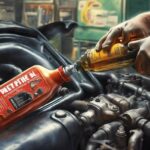




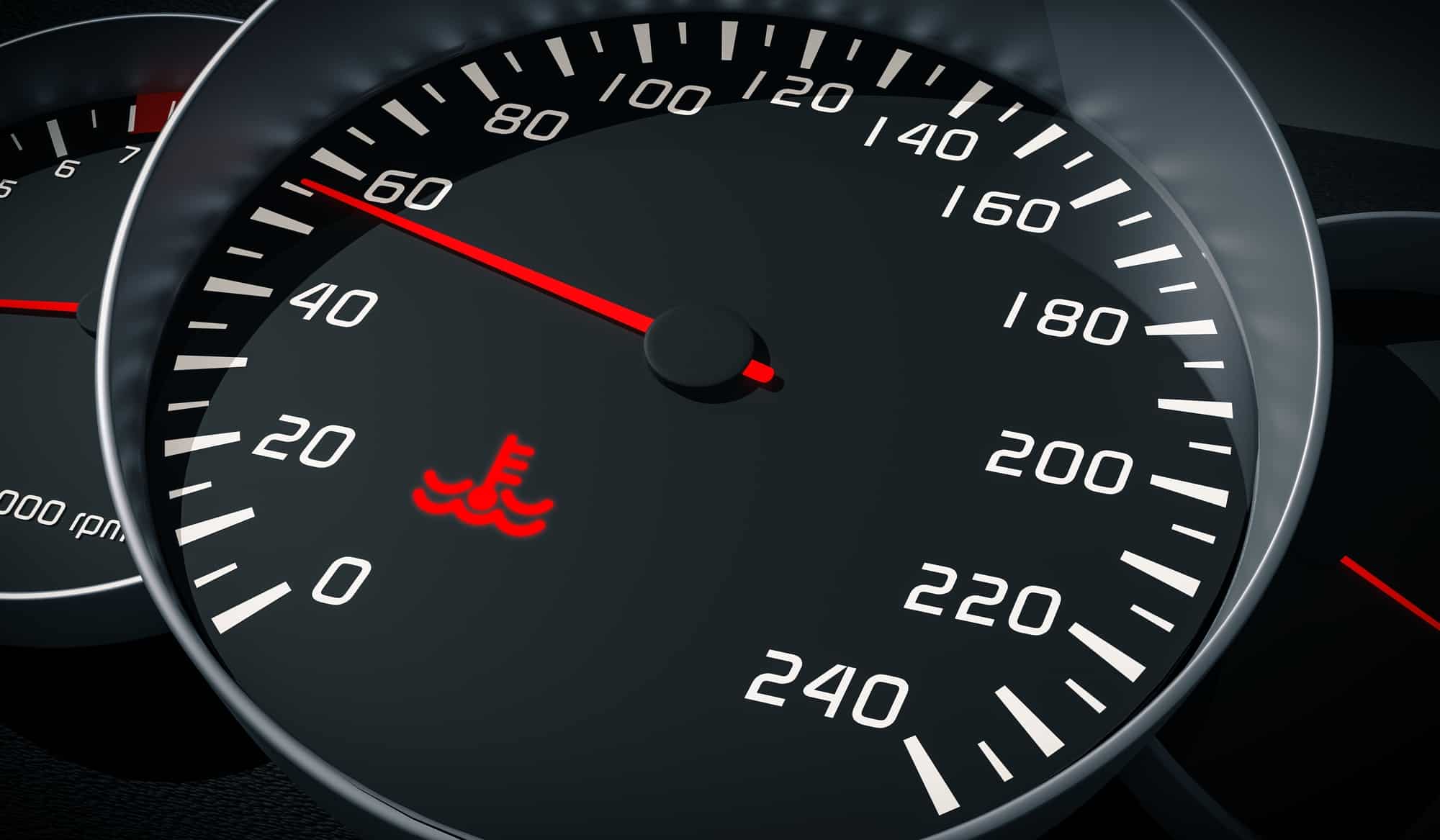
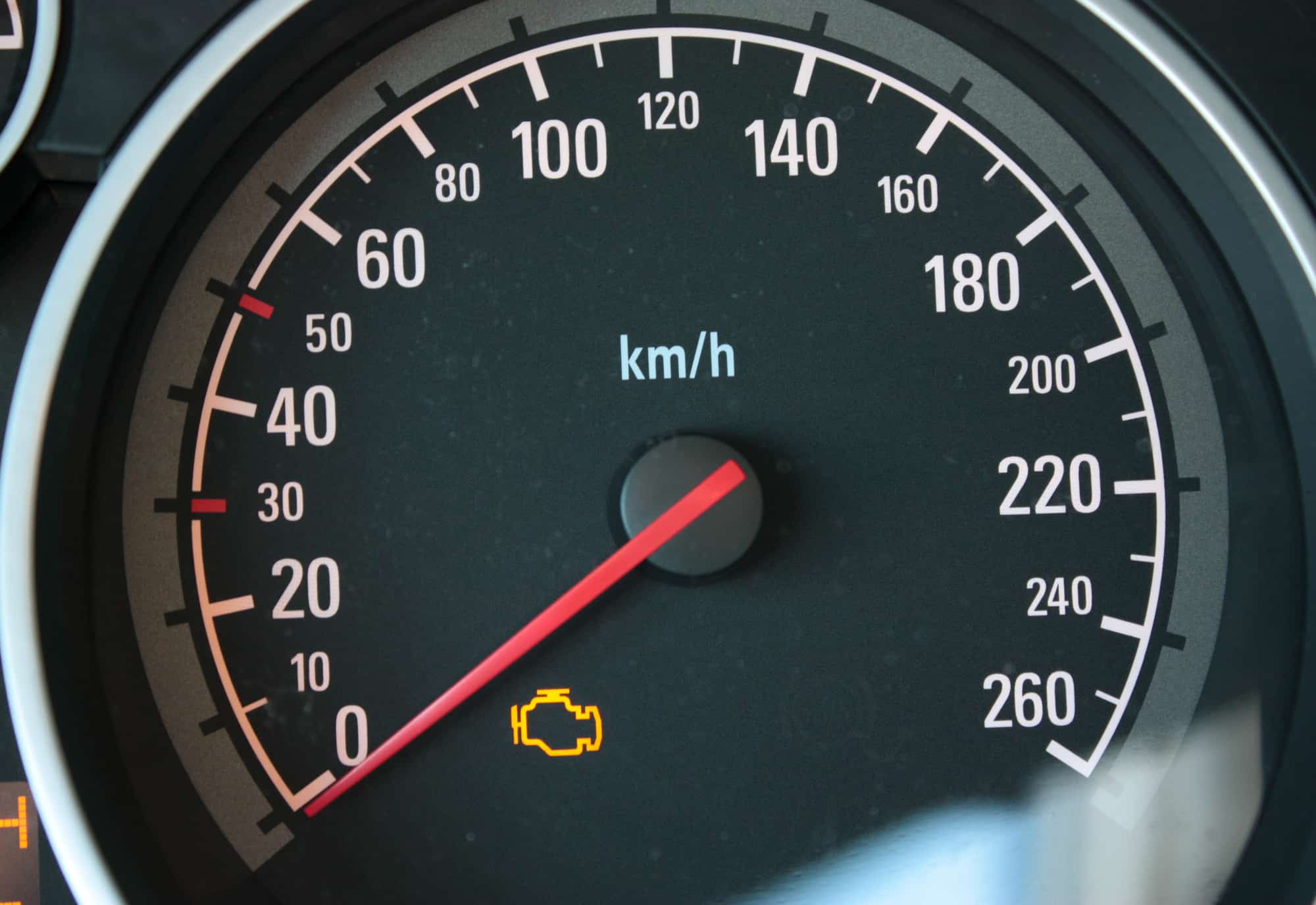
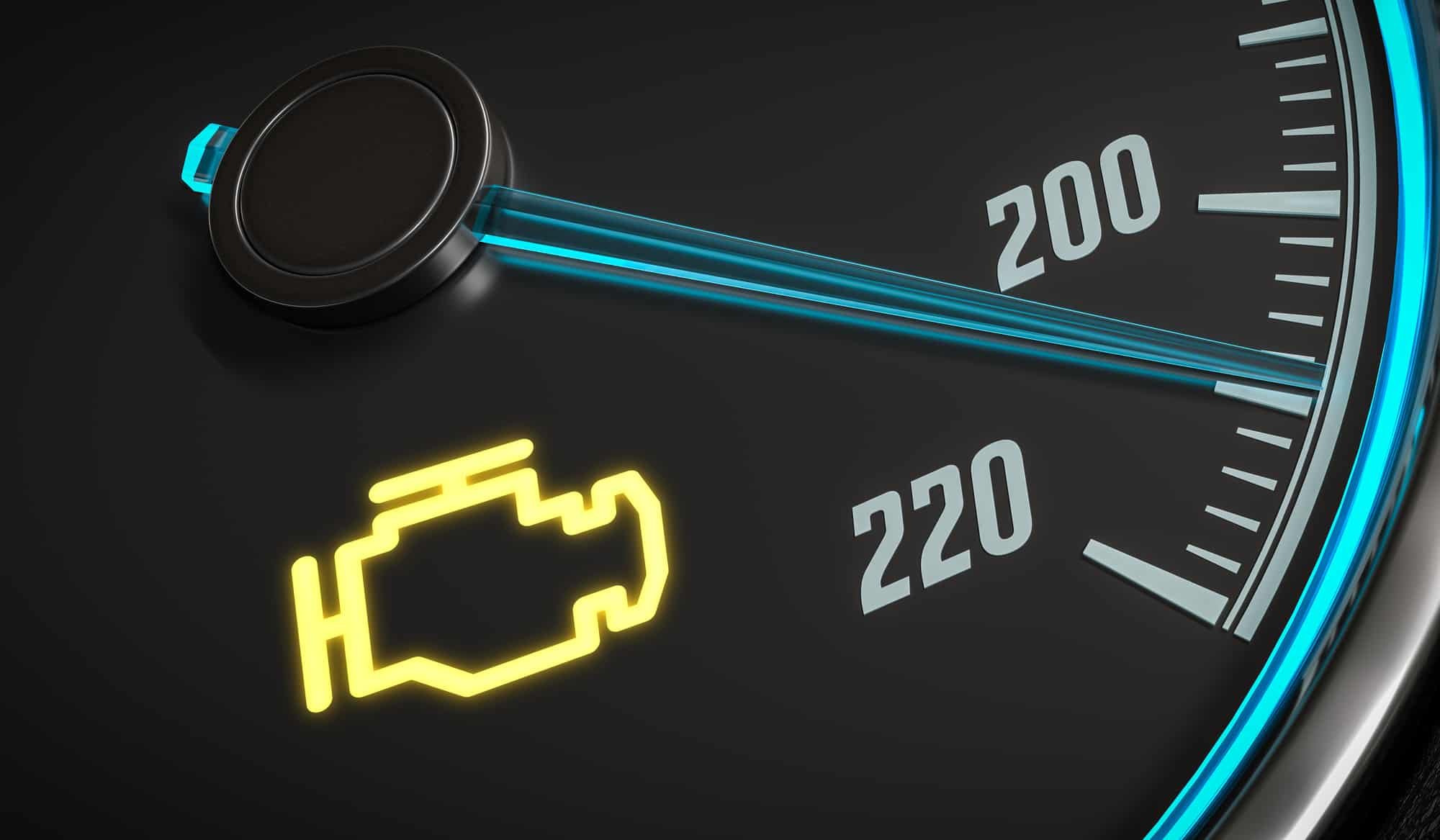
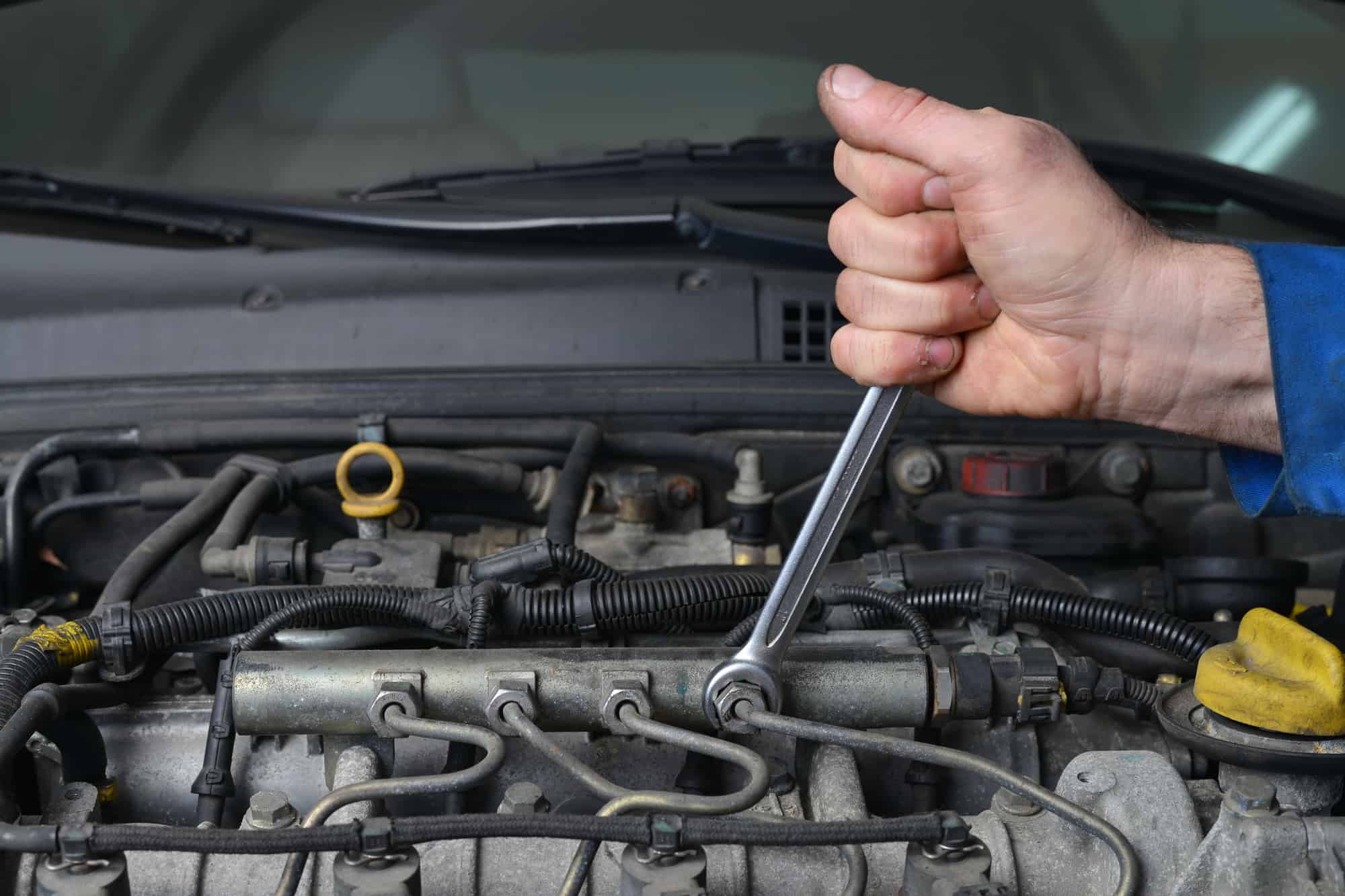
Is regularly checking the coolant level enough to prevent overheating, or should I also be scheduling professional inspections of the cooling system at specific intervals?
I noticed my car’s temperature gauge consistently shows a higher temperature than usual, but the check engine light hasn’t come on. Should I still bring my car in for a checkup or wait for the check engine light to appear?